Diagram of PTM Tower Mill
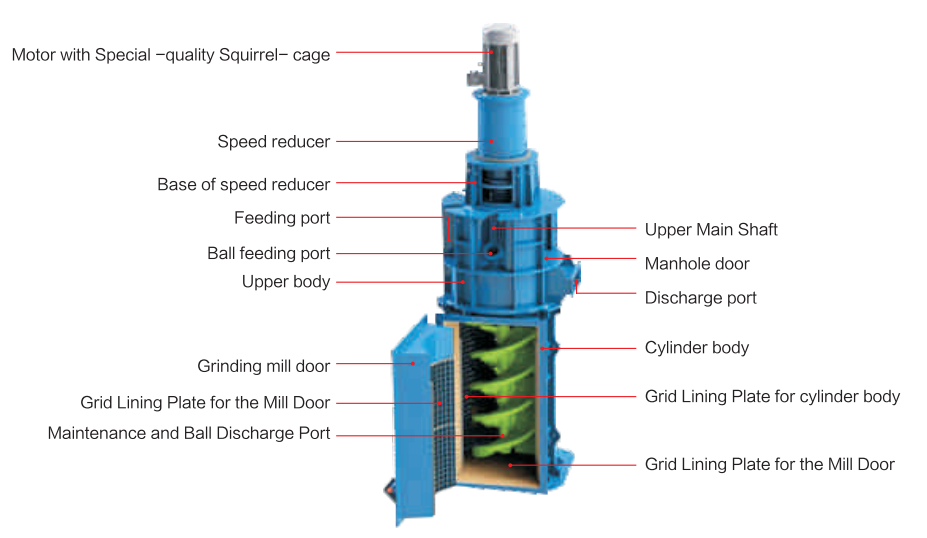
Introdution of PTM Tower Mill
PTM Tower Mills (grinding equipment) is a specialized equipment for the ultra-fine grinding of ores and other materials, featuring a rather unique structure. Its main components include a cylindrical shell, a stirring screw, accompanied by bearings and a transmission device. During the operation of PTM Tower MillS, the stirring screw rotates continuously at a relatively low speed inside the cylindrical shell. Under the combined influence of centrifugal force, gravitational force, and frictional force, the crushing medium and the materials form an orderly motion cycle system. Inside the stirring screw, the materials move in a spiral upward manner at a speed lower than the lifting rate. While between the inner lining of the PTM tower mill and the outer edge of the stirring screw, the materials move in a spiral downward direction. During this process, the materials are subjected to various forces such as extrusion and grinding, thus achieving the purpose of crushing.
PTM tower mill has obvious advantages. The degree of compactness between the internal crushing medium and the materials is extremely high, and the rotating part of the equipment is in force balance, effectively reducing energy consumption. At the same time, it occupies a small space, generates low noise during operation, and the particle size of the produced materials is uniform. Based on these advantages, the PTM tower mill is widely used in the ultra-fine grinding processing of various ores such as gold ores, silver ores, and copper ores, and also plays an important role in the field of ultra-fine grinding operations of solid particles.
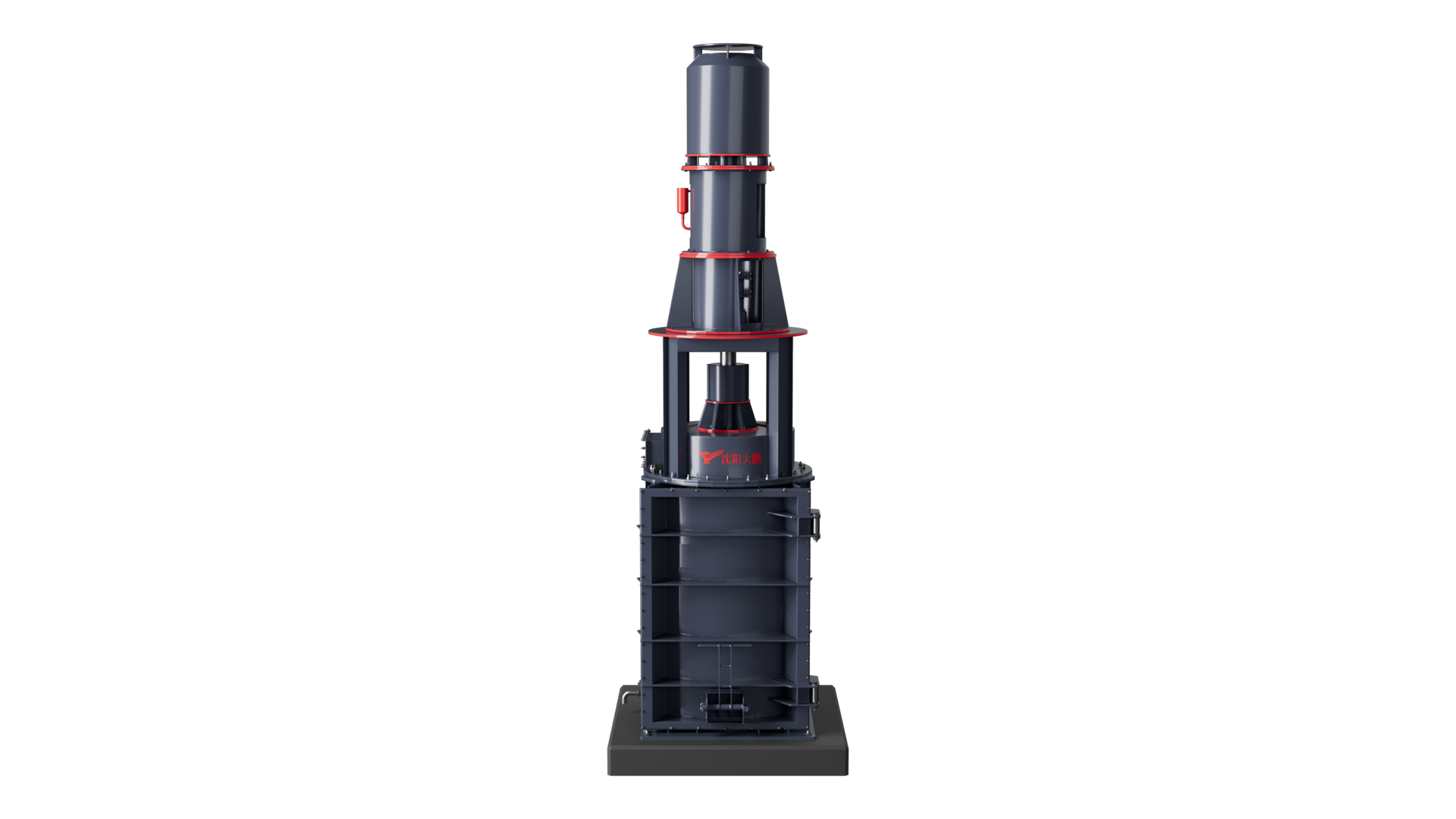
Technical Parameters of PTM Tower Mill
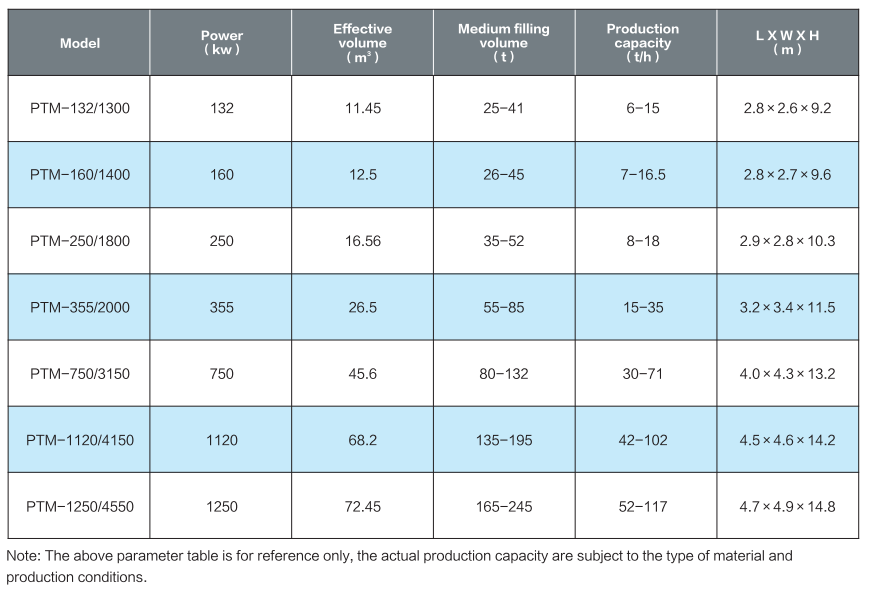
Working principle of PTM Tower Mill
When the PTM Tower Mills (grinding equipment) is put into operation, the stirring screw rotates continuously at a relatively low speed. During this process, the centrifugal force, gravitational force, and frictional force work together to enable the crushing medium and the materials to form an orderly motion cycle system. From a macroscopic perspective, the entire system is stable in terms of force and basically in balance. Inside the space of the stirring screw, the materials rise slowly along the spiral track at a speed lower than the lifting rate. While in the clearance area between the inner lining of the PTM Tower Mills (grinding equipment) and the outer edge of the stirring screw, the materials fall back along the spiral path.
When we shift our focus to the microscopic level, due to the uneven distribution of forces, there will be a dynamically changing motion speed difference between the materials and the crushing medium, and the force conditions will also change continuously. In such a complex mechanical environment, the materials are not only subjected to strong extrusion and grinding forces, but also experience various crushing phenomena among the material particles, such as fracture under force, micro-shearing, and splitting. Once the materials are ground to the qualified standard, they will "ride" on the "upward channel" of the conveying medium. After being screened by the built-in grading device of the PTM Tower Mills (grinding equipment), they will overflow automatically from the upper part of the cylinder.
Upon in-depth exploration of the working principle of the PTM Tower Mills (grinding equipment), there is a very high degree of compactness between the crushing medium and the materials inside it. This characteristic significantly reduces the collision frequency between the balls, between the balls and the lining of the PTM Tower Mills (grinding equipment), as well as between the balls and the stirring screw. Thanks to the fact that the rotating components achieve force balance in the macroscopic sense, the load borne by the support system is greatly reduced, which in turn effectively reduces the energy consumption of the bearings. At the same time, the qualified materials are more likely to reach the position of the discharge port within the entire system. As a member of the stirring mill family, the stirring rotation speed of the PTM Tower Mills (grinding equipment) is significantly lower than that of similar equipment, and there is no relative motion among the internal mechanical parts. The stirring medium shows an orderly rolling state. These unique advantages have greatly expanded the application field of the PTM tower mill.
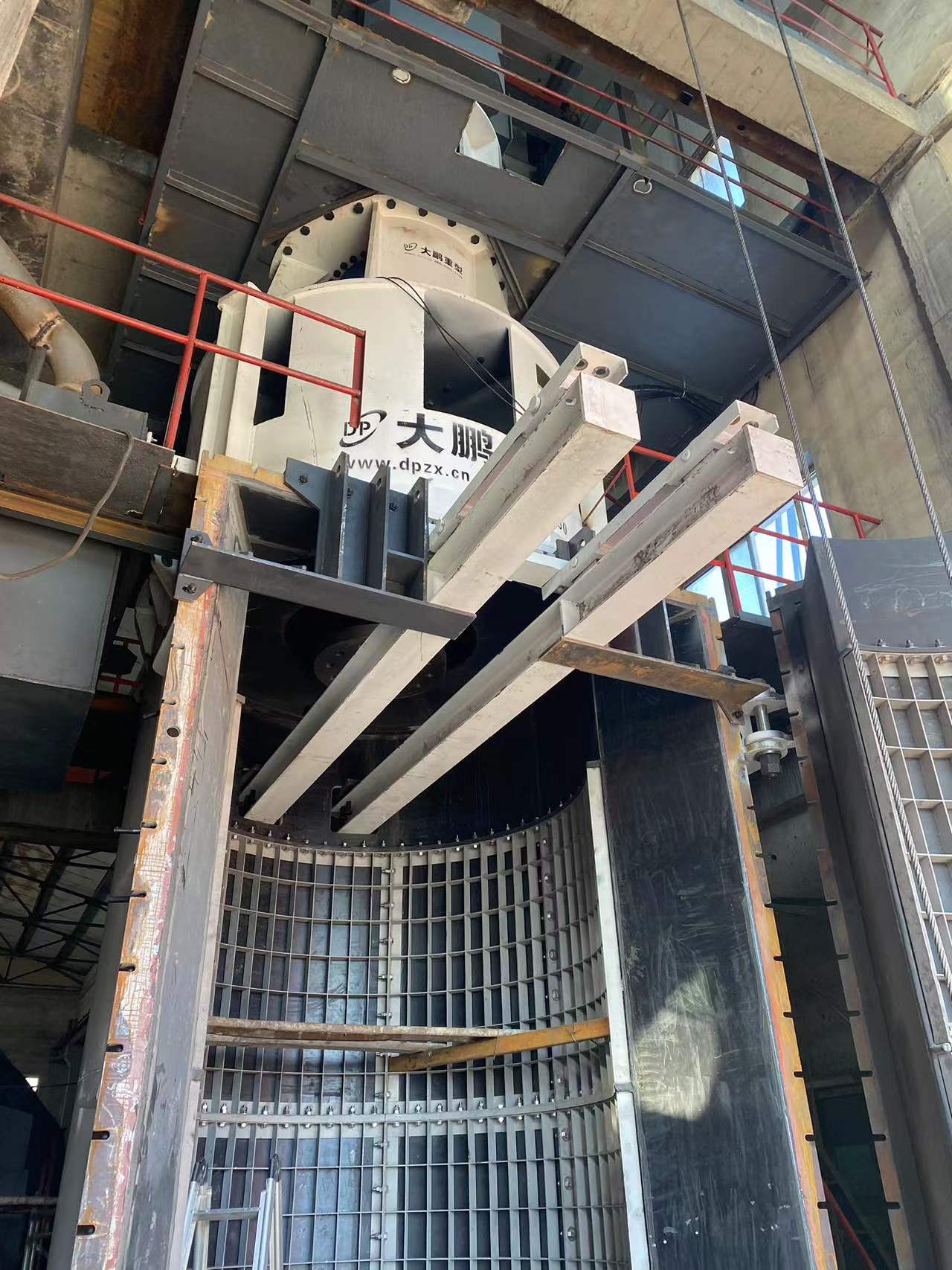
Application scenarios of PTM Tower Mill
PTM tower mill is mainly used for fine grinding of non-ferrous metals, gold and non-metallic minerals, especially in the second stage grinding, third stage grinding and concentrate regrinding operations of metal mines and non-metallic mines.
Technical Advantages of PTM Tower Mill
1. Enhanced Grinding Efficiency
PTM Tower Mills (grinding equipment) significantly improve grinding efficiency. PTM Tower Mills (grinding equipment) occupy a small footprint, produce minimal noise, and reduce energy consumption. Their optimized design enables them to quickly process materials, maximizing output in a shorter time.
2. Maintenance and Inspection Made Easy
PTM Tower Mills (grinding equipment) feature a user-friendly design. The lower part of the cylinder of PTM Tower Mills (grinding equipment) has a door-opening design. This makes daily maintenance and inspection a breeze, allowing technicians to easily access the interior for any necessary upkeep.
3. Superior Product Quality
PTM Tower Mills ensure top-notch product quality. The secondary sedimentation separation of grinding particles in PTM Tower Mills (grinding equipment) can evenly control the particle size distribution. As a result, the qualified fraction of the product increases, meeting the high-standard requirements of various industries.
4. Extended Service Life
The inner wall of PTM Tower Mills (grinding equipment) is equipped with a wear-resistant lining plate. Made of domestically leading magnetic rubber material, this lining plate effectively reduces wear and tear, prolonging the service life of PTM Tower Mills (grinding equipment). In sum, PTM Tower Mills offer a combination of high performance, easy maintenance, excellent product quality, and long-term durability.
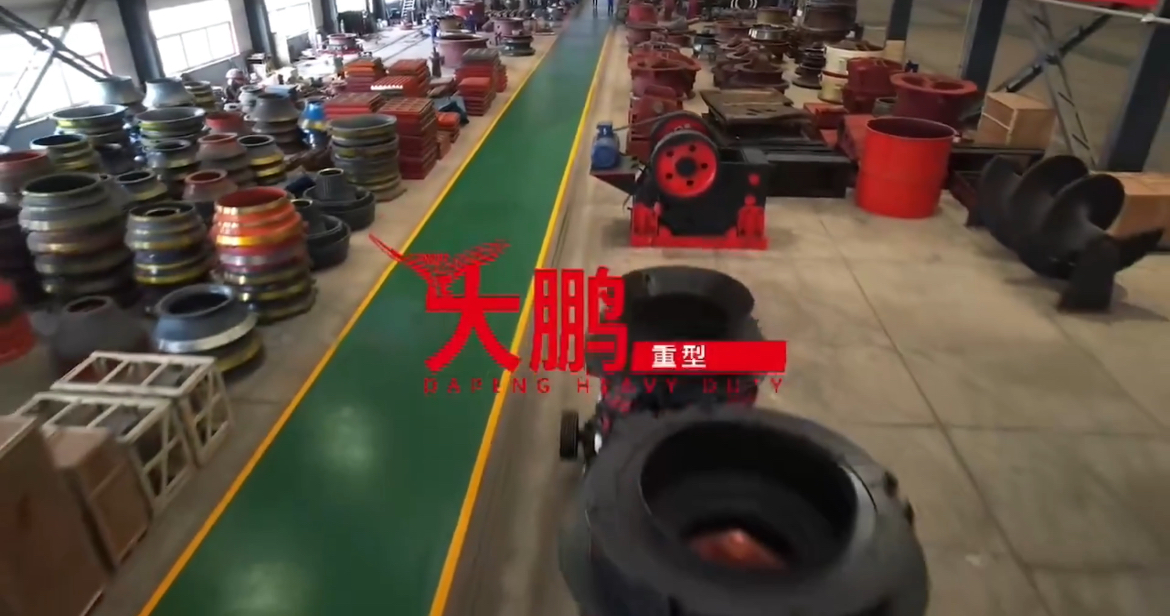
Our Service of PTM Tower Mills
1. Customized Consultation PTM Tower Mill (Grinding Equipment)
Needs Assessment: Our technical team will conduct in-depth communication with you to understand your project requirements, including daily output expectations, material characteristics, so as to recommend the most suitable PTM Tower Mills.
2. Professional Support PTM Tower Mill (Grinding Equipment)
Production Progress Tracking: After order confirmation, we will regularly update you on the manufacturing progress of the equipment, including the production status of core components and the estimated delivery time, keeping you fully informed.
3. Logistics & Packaging Guarantee PTM Tower Mill (Grinding Equipment)
We cooperate with trustworthy international logistics providers to offer flexible transportation solutions (FOB, CIF, etc.) to ensure it is delivered to your designated site intact and on time.
4. Technical Documentation & Guidance of PTM Tower Mill (Grinding Equipment)
We provide comprehensive technical documents, including operation manuals, installation diagrams, and troubleshooting guides, which detail the equipment's working principle, operation steps, and common problem solutions for your reference.